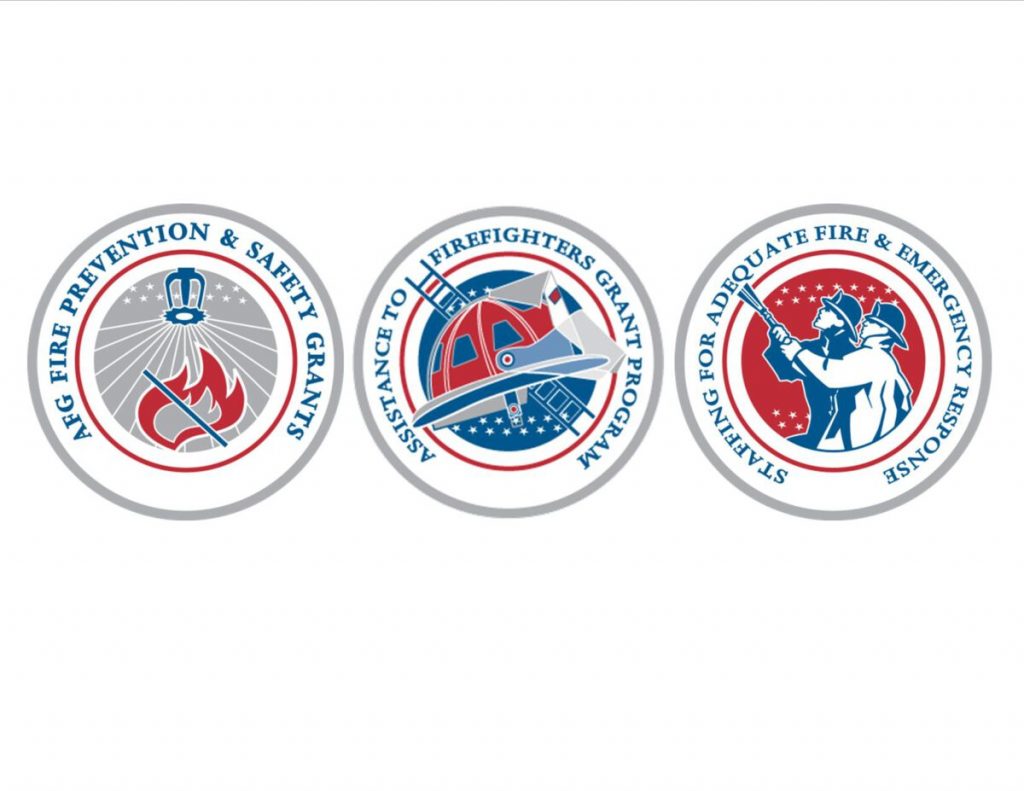Wildfires in California dramatically change landscape and ground conditions, which may lead to increased risk of debris flow (or flooding) during even moderate rains. Since scorched ground can no longer absorb water, residents living downstream of fire-affected areas and in nearby neighborhoods could experience flash flooding and mudflows for up to two years after a wildfire.
Many areas in California are at an increased flood risk due to the remarkable growth of wildfires in recent years. Residents and businesses in areas downstream of a wildfire need to be aware of the hazards they face, the steps they can take to reduce their risk, and resources that may be available to assist them.
Some of the key issues to be aware of relative to flooding include:
- After an intense wildfire, burned vegetation and charred soil form a water-repellent layer blocking water absorption for several years.
- During rainfall, water actually bounces off the soil and even a light rain can potentially turn into a flood or mudflow.
- Properties located below or downstream from burn areas are at an increased risk of flooding.
- Just one inch of floodwater in your home can cause up to $25,000 of damage or more.
- Most homeowner, renter, and business insurance policies do not cover flood damage and a policy takes 30 days before it goes into effect.
- While federal disaster assistance may be available after flooding, FEMA’s Individual and Household program is only available if the President declares a major disaster declaration and does not provide as much financial assistance as flood insurance.
The bottom line is to be prepared. Evaluate your risks, and if required, contact either Cal Fire Prevention or your local fire department to help you assess your risk.



